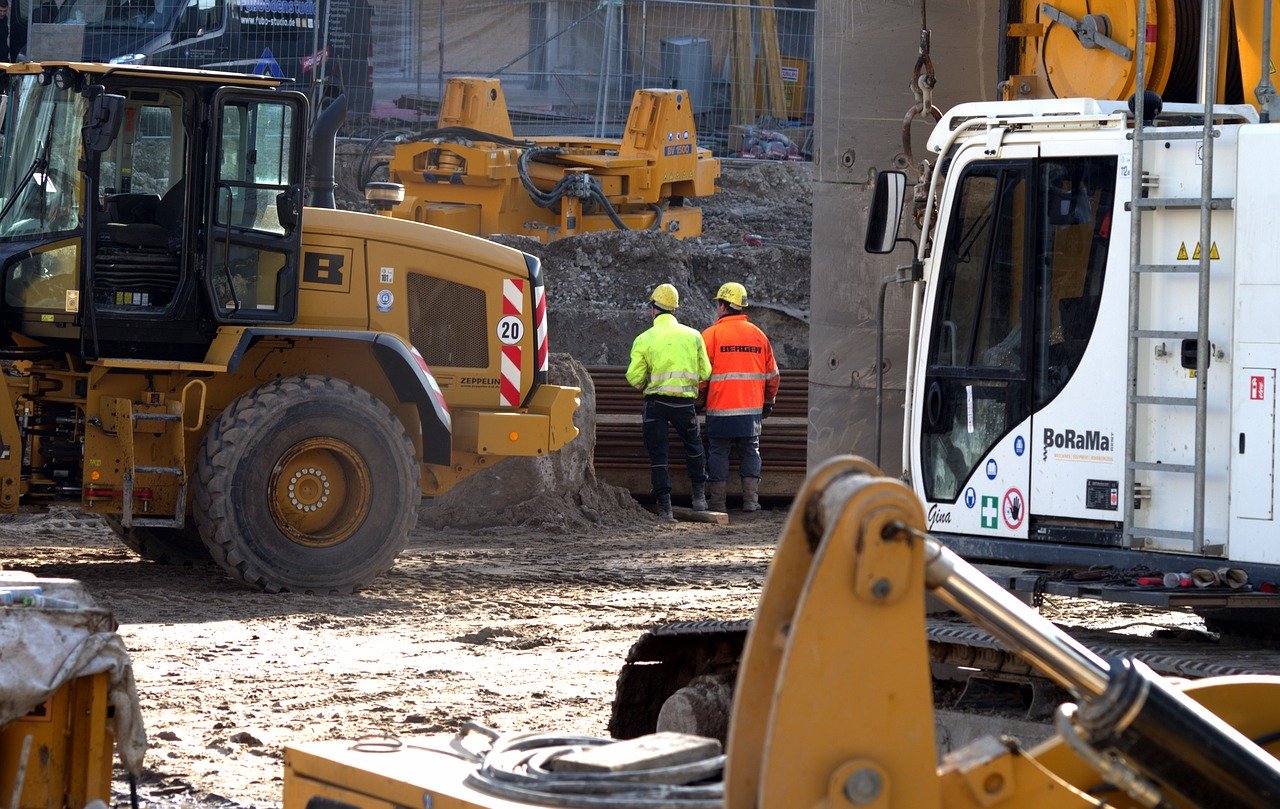Construction projects are very complex by default, especially if we are talking about large-scale projects that take years, involve many workers, and a lot of complex building solutions to be set in place. Such projects can be extremely difficult, even for people who were trained to handle them.
Construction projects involve a lot of different documentation, hundreds of details that are all important, and many stakeholders. To juggle all these things together and not slip on any of them, you need to be properly organized throughout the process.
One of the best and easiest ways to organize whole construction projects is by using construction templates. They mostly come in Excel, but there are other software solutions like Word and Spreadsheet that can be used to run them.
What are construction templates?
A template includes a pre-established form of a construction project designed to help companies successfully finish specific projects. These templates are designed to establish and visualize schedules for residential or commercial construction projects.
This is done by dividing the work that needs to be done into different stages of the project, and the template can be used to track the current progress of the whole process. A template can come in the form of a table or a spreadsheet, and it often comes with a Gantt chart, which is used for better progress tracking over time.
Construction templates can come in many forms and sizes. There are a lot of options that are specifically designed for different kinds of projects and different needs. It’s possible to find a template that will help you round-up your whole project management. On the other hand, there are those templates that help address a certain aspect of your project.
Here are some types of construction templates you can use:
Budgeting templates
This kind of template can be used for both remodeling and building projects. By relying on a budgeting template, a manager can create a more realistic budget while ensuring that all the important items and materials are on the list. Additionally, budgeting templates can be used to track if you are staying within your budget as time goes on.
Timeline templates
As we mentioned earlier, all construction projects have several phases and many different tasks which are interconnected. Simply put, you need to finish them in the right order so that you can continue to the next task. If you don’t complete a certain task on time, you will delay several other tasks that follow, and the whole project will be delayed.
With a construction timeline template, tracking the progress of the project is much easier. Managers can identify potential risks early on and make sure that everything is completed on time. These templates come with a list of tasks that need to be completed, tracking dates, and the duration of tasks.
Documentation templates
As we mentioned earlier, construction projects usually require a lot of documentation that needs to be tracked and managed. The documentation can range from inspection reports to progress schedules, from specifications to plans, and so on. With all these details at your disposal, you can avoid any unnecessary delays.
At the same time, construction is a highly regulated industry, meaning that you need to have certain documentation and that it needs to be accurate. If not, your project could be shut down by regulative authorities, and you might even get fined. With a documentation template, you will ensure that you have all the documentation and you’ll be able to locate it when needed.
Civil construction templates
Even though there are many construction templates, residential construction templates, or civil construction templates stand out from the rest. Why? Simply because they are (in most cases) all-inclusive – they are designed to help you manage the construction project of your new home with ease.
They aren’t complex and can be understood easily. They are designed to help common people who don’t have a lot of experience with construction build their dream homes and see their projects finished successfully and on time.
Things to keep in mind when using construction templates:
- Be realistic with your schedules: make sure that you leave enough time for each task and phase of the construction project. In case of residential projects, you might need 10 to 15 weeks to get the job done, so make sure to assess everything before adding your timeline.
- Keep the weather in mind: there is no use in relying on sophisticated templates that can make your job easier if you overlook the weather. It might sound funny, but bad weather can cause a lot of problems and delay your project, so make sure to plan the construction when the weather is good.
- All the details need to be laid out: everyone involved in the construction process needs to be on top of things. They all need to understand the template and their roles, and you need to get everyone on the same page. The consultants, contractors, architects, and all relevant stakeholders should review your template before you begin and when you switch phases.
- Determine what you need and what you want: when you use templates and start filling in the details, you will instantly start to notice how it all actually makes sense. Templates can make this chaotic thing called a construction project more transparent and easier to understand.
This is where you will notice that you are either over your budget or out of time and that you can’t make everything happen. Make sure that you first include those absolute essentials and then add the things you would like to have if possible.
Top free construction templates
Not only can construction templates be really helpful for establishing and managing a construction project, but a lot of them also come for free. This is why we’ve decided to give you a list of some of the best free construction templates that you can use for your next construction project.
1. Schedule template
This schedule template is good for both commercial and residential construction. It allows you to modify and update timelines in a single document. It is very simple to use and comes with pre-populated columns that can be adjusted per requirements.
2. Budgeting template
This is a great budgeting tool you can rely on to set and manage your budget accordingly. It comes with all the important details and calculates important numbers that you will need to be aware of at all times.
3. Residential construction project management template
This is a powerful all-around residential construction template that allows you to schedule, manage costs, time, and the quality of your project. It can be used online and offline.
4. Edraw Project
Edraw Project is a full-blown construction project suite, and this powerful software has everything you would ever need. It comes with a Gantt chart to make planning and managing projects easier.
Conclusion
If you are planning a construction project, having a template is a must, even if you are using some sort of project management software. They are valuable documents that will help you keep everything in check and ensure that each step is followed accordingly.




